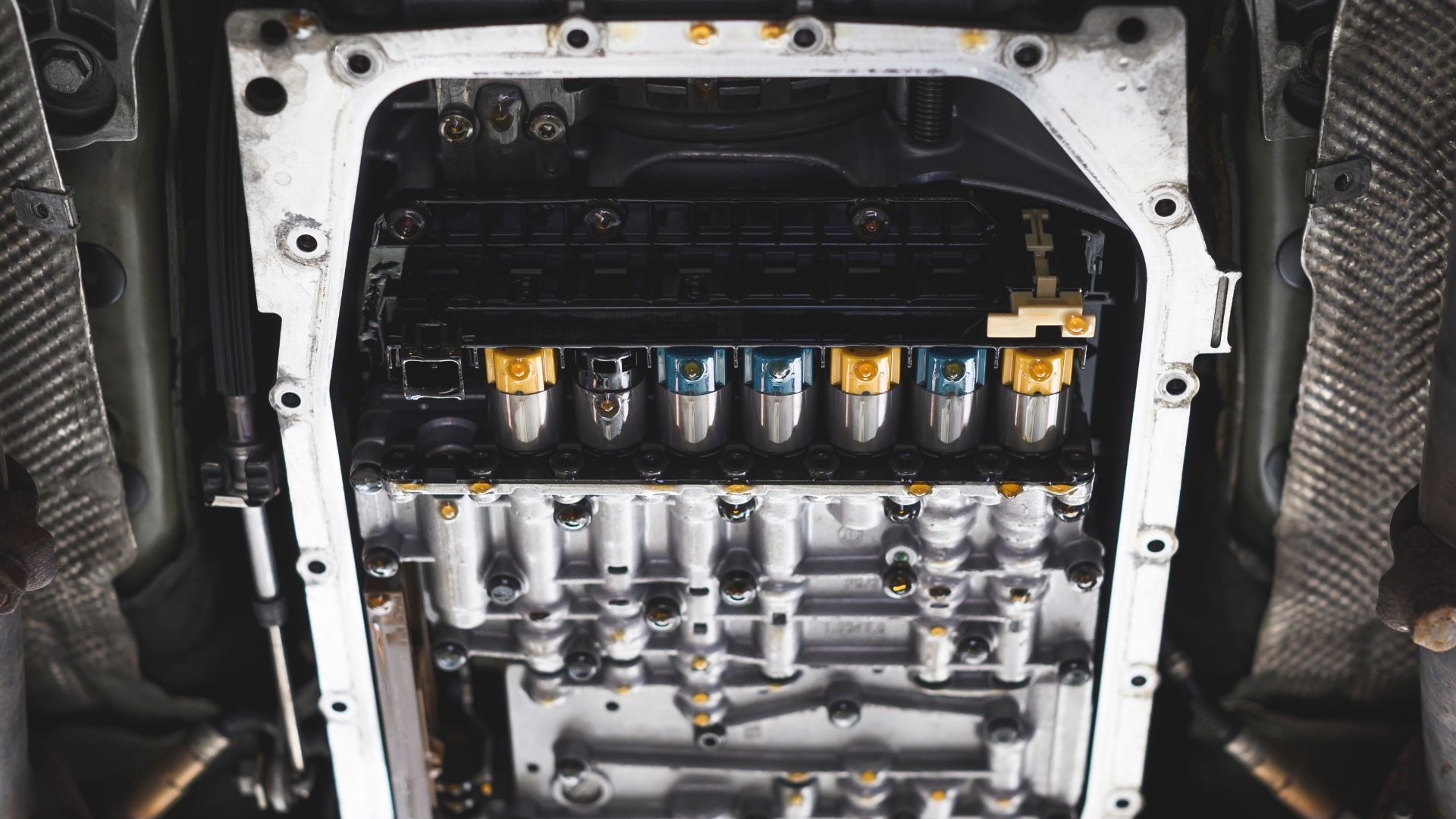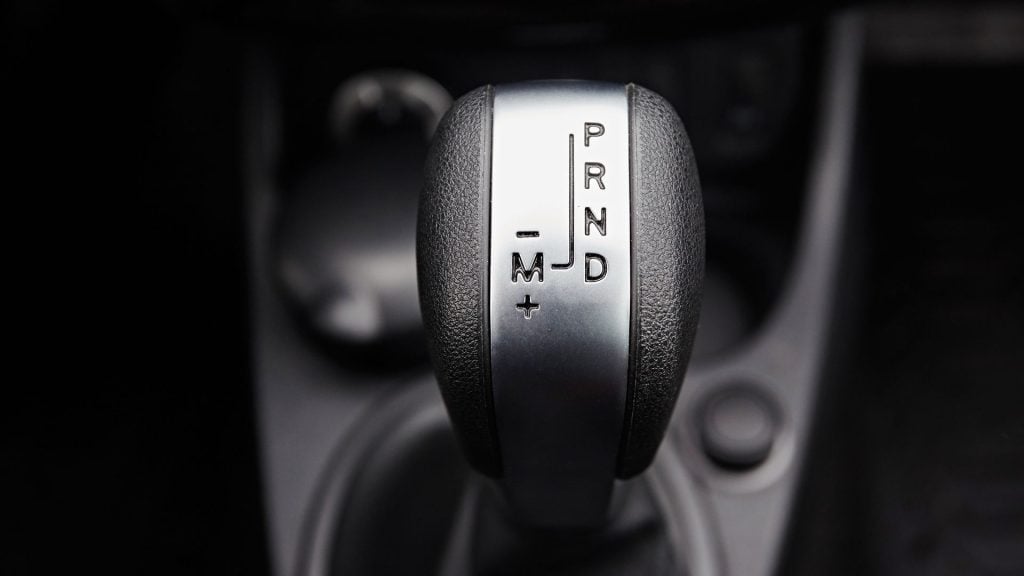Symptoms of bad shift solenoid — causes and fixes
Detect the symptoms of a malfunctioning shift solenoid and regain control of your vehicle's performance.

The transmission system of your vehicle requires a precise and adequate supply of transmission fluid. Over the years of wear and tear, you might sense your car struggling to shift between gears, or even skipping one gear and shifting into a higher one.
These are the symptoms of bad shift solenoid, and you must recognize them on time. The shifter solenoid even exists in some manual cars, and it serves an important role in controlling the flow of transmission fluid. This guide will help you recognize the early signs of a bad shifter solenoid so you can deal with the trouble on time.
What does a shift solenoid do?
The shift solenoid is one of the often overlooked parts in your car’s transmission system, and proper shifting is impossible without it doing its job. In modern cars, the torque converter enables gear shifting by adjusting the hydraulic pressure.
However, it needs the right information to do so, and this information is provided by the transmission control unit. The signal is sent from the engine and speed sensors, and the transmission control unit receives it. It then handles the shift solenoid, opening it if necessary to let the transmission fluid into the valve body.
All this action finally allows the torque converter to adjust the pressure and enable gear shifting. In other words, without the solenoid controlling the transmission fluid flow, the hydraulic pressure in the transmission wouldn’t be adjusted properly.
This would lead to serious transmission problems like improper gear shifting which can be too early or too rough. That being said, the shift solenoid makes it possible to shift gears in automatic cars. On the other hand, even some manual cars have shift solenoids.
Although most models depend on the clutch to make shifting possible, some manual cars also have shift solenoids. These are called “reverse lock solenoids” and “skip shift solenoids”. The first prevents the driver from recklessly trying to put the shifter into reverse. On the other hand, “skip shift” solenoids lock the lower gears in certain road conditions, forcing the driver to shift into a higher gear and affecting fuel economy.
Common signs of a bad shift solenoid

If you face any problems with your shift solenoid, you’ll sense the transmission having difficulties shifting through the gears. Since the solenoid controls the flow of transmission fluid, a damaged solenoid could lead to a transmission fluid leak.
Here are some of the most frequent symptoms of bad shift solenoids to help you diagnose the problem:
- Delayed or rough shifting
- Gear skipping
- The transmission is stuck in a gear
- Warning lights appear
- “Limp home mode” activates
Don’t worry, a bad shift solenoid won’t ruin your car’s transmission system if you spot any of these symptoms on time. It’s important to stop driving as soon as possible after diagnosing the issue since further gear shifts can only damage the system.
That’s why most modern cars have built-in limp modes that limit your driving speed and gear shifts if this happens. In the worst-case scenario, the damaged solenoid might let too much transmission fluid towards the valve body, and leaks can occur. Without enough fluid, transmission components wear and tear much faster, and that’s why dealing with the issue upon the first sign is crucial.
Shifting problems caused by a bad solenoid
One of the main symptoms of a bad shift solenoid is difficulty shifting through the gears. If the transmission system of your car operates regularly, you’ll feel smooth gear shifting regardless of the driving mode.
If the solenoid goes bad, it won’t be able to adjust the fluid flow, and the torque converter won’t work properly by affecting hydraulic pressure. So, the result is rough shifting or a twitching sensation when the shifter changes gears.
It’s unpleasant to drive this way, and it’s even worse for your transmission system. The problems will be visible both during upshifts and downshifts, and the best thing you can do is to come to a safe stop. Driving with this issue will only cause further transmission problems.
Issues with skipping gears
A bad shift solenoid can also initiate gear skips, and you can recognize them by looking at your board computer and paying attention to the revs. The damaged solenoid can lock out gear, and you won’t be able to shift to that gear while driving.
For instance, you’ll see your transmission skipping from second to fourth gear, and this also reflects your driving. During a downshift, you’ll sense an immediate jump in revs, since the car drops to second gear by skipping the third. This scenario is even worse for your transmission and the engine as well.
If you have the gears displayed on the board computer, you should stop driving as soon as you see that shifter skips a gear.
The transmission is stuck in a gear
One of the worst things that can happen is if your solenoid malfunctions while you are in a gear. It will cause the transmission to be stuck in that gear. If your car is stuck in park or neutral, a bad shift solenoid could be the reason behind it.
The good thing is that your car would mostly get stuck in neutral or park in this case. While driving, you can still use manual shifting on the wheel to change gears until you come to a safe stop. Either way, it’s troublesome to be unable to shift into drive and you might even have to tow your car to a mechanic.
Warning lights as a sign
Even though it’s not a problem with your car’s engine, the “check engine” light might glow on your dashboard. Also, you might spot the transmission fault warning light, and that’s all the more reason to find the reason with a scanner tool.
You can check the owner’s manual for an OBD2 port and connect the scanner tool to it. You can then scan the OBD codes. The codes that can be triggered by a bad shift solenoid include P0700 for transmission control or codes P0750 or P0753 for solenoid faults.
Limp home mode activating
Modern cars have a security feature built-in to prevent you from further hurting your transmission when driving with a bad solenoid. The “limp home mode” function activates once the computer registers a bad shift solenoid.
It affects your driving by mostly limiting the RPM range to the maximum of 3000 revs per minute, and it usually locks gears beyond third gear. So, you’ll have to slowly drive your car until you reach your home or a mechanic shop. It can be one of the main symptoms of a bad shifter solenoid, especially if you still experience a twitch when shifting.
Our take
Hopefully, this guide can help you recognize the symptoms of a bad shift solenoid and deal with the problem as soon as it arises. That would save you from further hurting your transmission or even having to do a transmission rebuild if the fluid leaks out.
So, if you face any of these shifting issues, make sure to use a scanner tool to look for bad shift solenoid codes, or visit your mechanic as soon as possible.
How do I know if my transmission solenoid is bad?
You can know your transmission solenoid is bad if you feel rough or delayed gear shifts, or if your transmission skips a gear.
What does a shift solenoid do?
The shift solenoid regulates the flow of transmission fluid into the valve body, which helps the torque converter adjust hydraulic pressure suitable for gear shifts.
Can you drive with a bad shift solenoid?
You can physically drive for a while longer with a bad shift solenoid, but it’s not advisable as it can damage your transmission system even more.
How do you test shift solenoids?
You can test shift solenoids with a scanner tool, and look for error codes like P0700, P0750 or P0753.